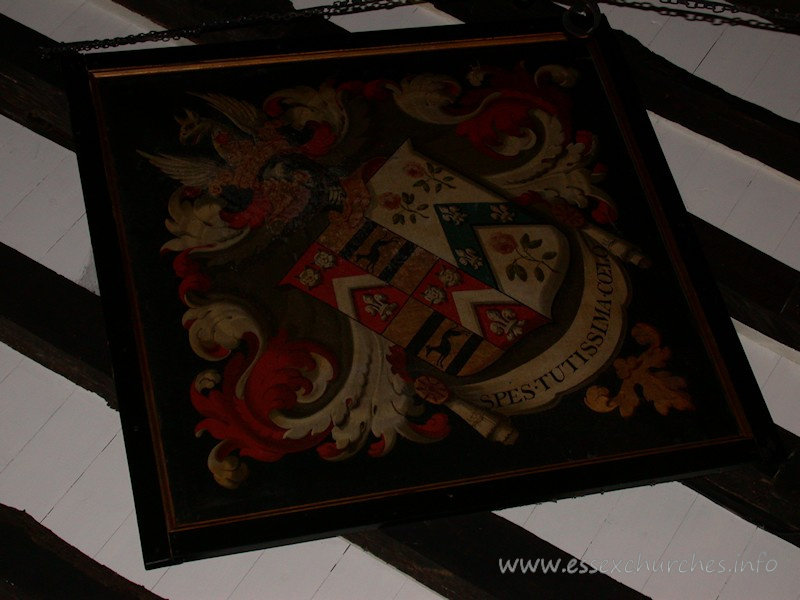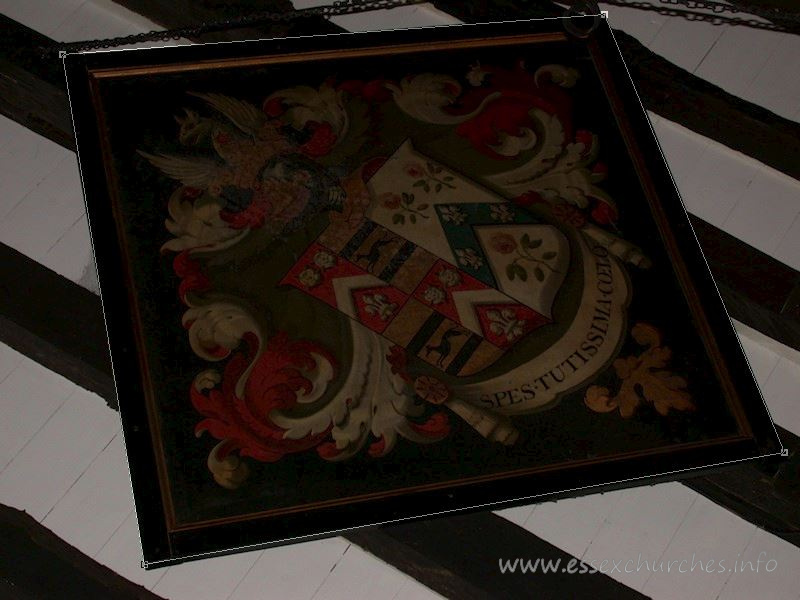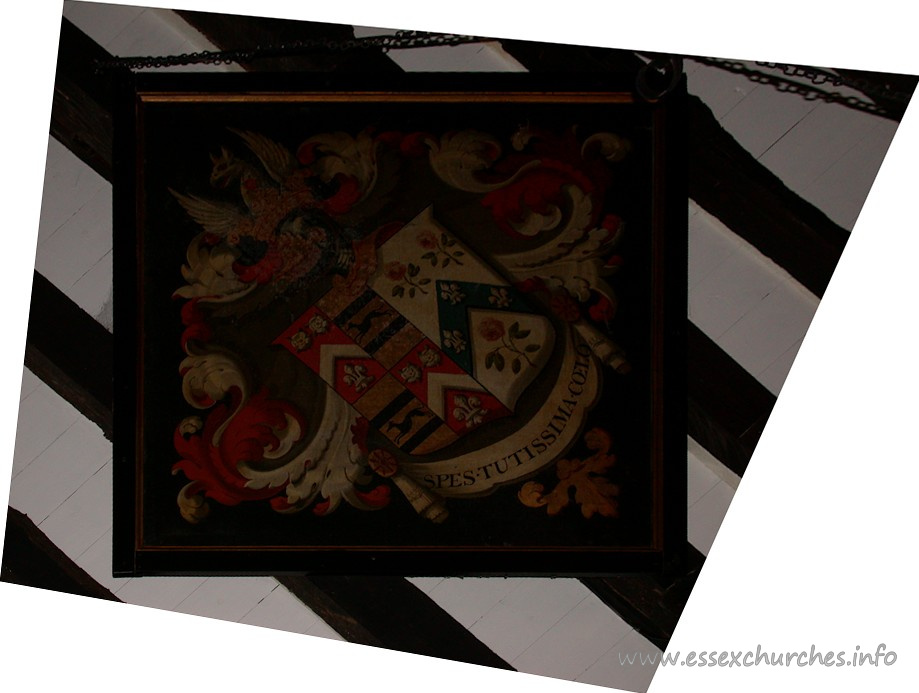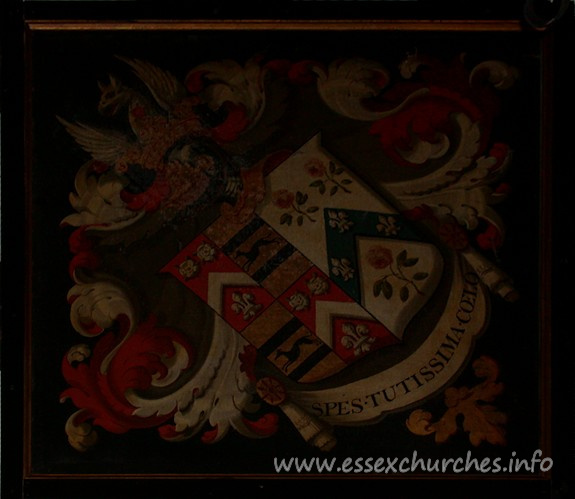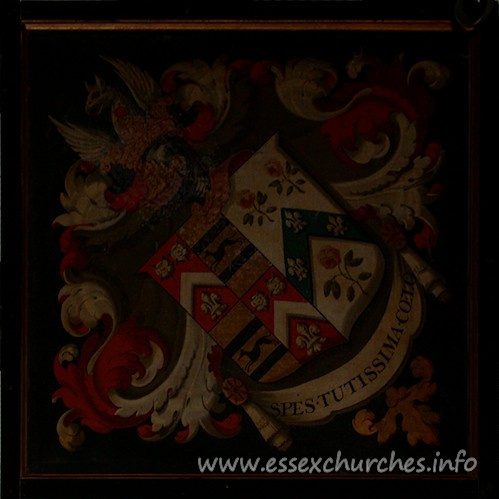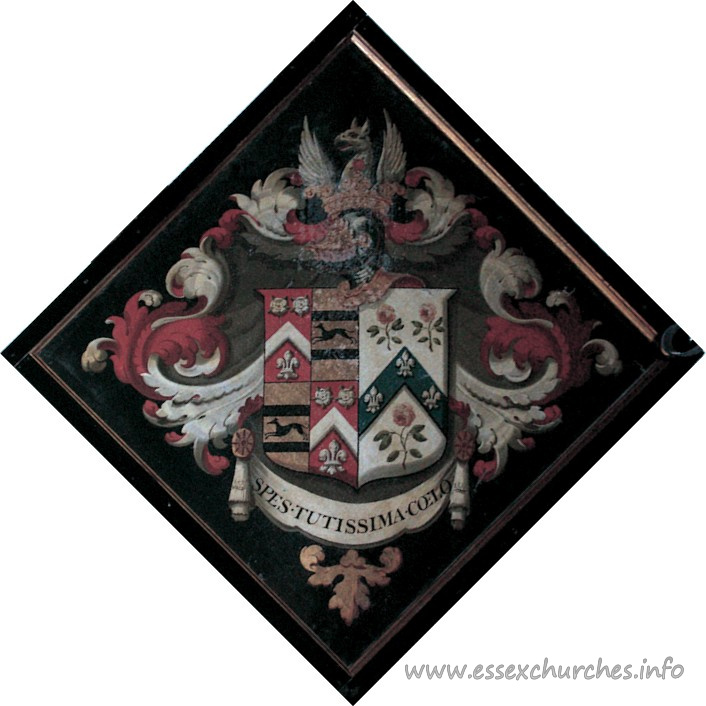The first person who I knew that really emphasized the importance of church locking statistics and statuses was friend Cameron Newham, whom I had met back in 2002, through Phil Draper’s Churchcrawling ‘Yahoo! Group’. It was actually a few years later that Cameron began to publish his locking maps on his Digital Atlas of England website. The website, in Cameron’s own words “…aims to photographically record all of the rural parish churches of England in detail. So far over 70% of the country has been covered”. The locking maps have been an extremely thoughtful addition.
Initially, when Cameron suggested to me that I should add the same data to my own website, I was not entirely certain that it was worthwhile. This may have been partly denial, as I’d not kept any records of my own church locking findings – and partly my own naivety as to the importance of these statistics to people browsing such websites.
I finally implemented the idea several years ago now. I can’t remember when exactly, though it may have been around the time of the last major re-write – perhaps 2010/11. I originally had to guess a lot of the locking statuses, based upon whether I had external pictures only, or both internal and external. It was not too difficult, as I still had a good recollection of those churches where I had made special arrangements for the church to be open. It did mean, however, that I had a huge number of “Unknown status” on the site.
Because of the way that I had built the website – based upon a central database, I was able to clone the County Map page, to build a new Locking Map page. The map is rather interesting – and also quite sad to look at, with the vast numbers of locked churches to the south of the county. It is, though, a better story than in some other counties. In fact, a well planned visit in the northern parts of the county can make for an entire day of unlocked church viewing pleasure.

The map supports several different locking statuses, as follows:
- unlocked during daytime
- usually unlocked – keyholder details if not
- locked with keyholder details
- locked with no keyholder details
- demolished
- ruined church
- private dwelling/business
- consult church/diocese website
- unknown
Those statuses in italics are by default not displayed on the locking map – but you can re-enable them by clicking the relevant map pin within the key below the map.
Gradually, the number of unknown statuses of key locking has fallen, and that is mainly due to the following people who have been a huge help in keeping this data up-to-date.
- John Vigar
- Simon Knott
- Cameron Newham
- David Robarts
- Ben Elliott
Although I am grateful to all of the contributors above, David and Ben have been the most prolific supporters and providers of information for the church locking data, so I would like to take this opportunity to offer an extra-special thank you to them both. In addition, Ben has also been passing me details of church websites that he finds that are not present in my database.
It is always of concern publishing this information on the website, as whilst I am happy to be able to provide the information, it is always worrying that people may visit a church from a long distance to find that the locking information provided is out-of-date. With this in mind, I hope that all users of the data use it in the spirit that it is intended, and make firmer visiting arrangements if visiting from a long distance.
Incidentally, on Cameron’s Church Locking page, he also details an Android app that he has written, which will provide you with convenient ‘on the go’ church locking information for all sites to which he has the information available.
Share:Follow:

